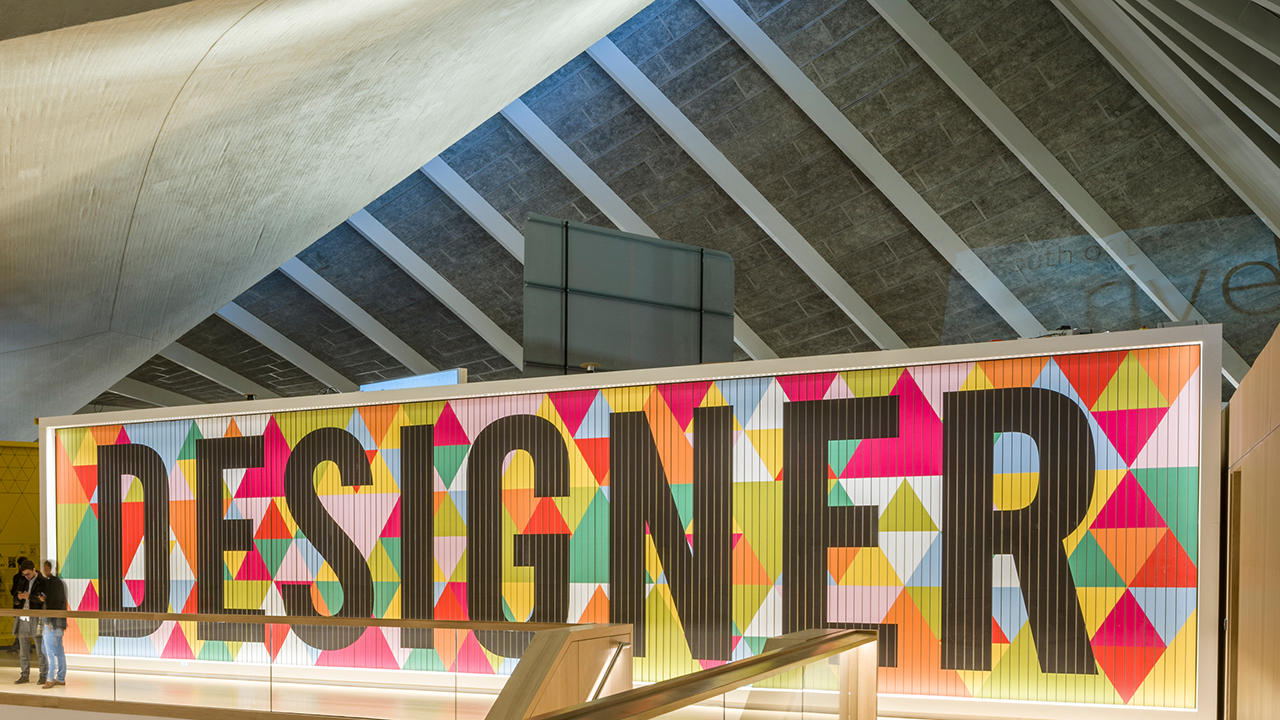
What does it mean to memorialise ideas in a society? And how does making built
form contribute to that? Can anything be ritualised and turned into a monument
in the 21 century?
These are some of the lofty questions explored in “Making Memory”, the new
exhibition of seven projects by the celebrated British-Ghanaian architect, Sir
David Adjaye at London’s Design Museum.
Three of the projects are completed: the Smithsonian National Museum of African
American History and Culture in Washington DC, Sclera Pavilion in London,
Gwangju River Reading Room in South Korea. Two are secured commissions: the
National Cathedral of Ghana and the UK Holocaust Memorial and Learning Centre,
while the last two – the Mass Extinction Memorial Observatory and Coretta Scott
King and Martin Luther King Jr. Memorial – are proposals by his practice, Adjaye
Associates, that are yet to be approved.
The National Cathedral of Ghana is a commission by the current president of
Ghana, Nana Akufo-Addo. Situated within 14 acres of landscaped gardens in
Accra, the capital, the 5 000 seat auditorium will include podiums for standing
that will accommodate a total of 15 000 people. This space for national
celebration – religious, democratic or traditional – will house a music school,gallery, chapels and the first Bible Museum and Documentation Centre on the
continent.
Design exhibitions have the unfair advantage of displaying projects of practical
and emotional value outside the gallery over, say, visual art; an import that
weighs on the individual who visits the assembly of replica buildings, explanatory
texts, ambient music and tastefully edited video installations that include
generous interviews by the architect (or artist), explaining their ideas and
applications.
Each of the seven “monuments” in “Making Memory” has a dedicated exhibition
room, and in this one for the cathedral, a model of the 14 acres project is set in
the middle of the room. More fascinating are the selected source materials that
are said to have influenced the design process: an Akyem stool (1900s),
traditional Akan umbrellas, a set of Adinkra stamps (around 2000), whose patterns
have been abstracted and used to design the landscape of the cathedral.
Adjaye and his team employed a similar approach to the external skin of the
Smithsonian Museum in the US capital, by isolating patterns found in the
ironworks developed by slaves from West Africa where iron smelting flourished for
over two millennia. The choice of bronze and grey colours were inspired by the
metal sculptures adorning the Royal Palace of Benin (today in Nigeria). As well as
a replica of the museum itself, images of the historical metal work and palace
walls are displayed in the gallery, alongside their abstracted forms hung in a set.
Commanding attention is a wood sculpture by Olowe of Ise (1910-14) whose
craftsmanship earned him the title “Sculptor to Kings”.A lay visitor with a cursory knowledge of architecture could easily be persuaded
by the “story-ing” in Adjaye’s thinking and designs, which work to deepen the
psychic immersion of the seven exhibited projects beyond physical beauty,
especially when functionality is never neglected.
Key to the exhibition is the clever and sensitive use of light which is used to softly
focus on important and impressive aspects of a design, while the dimmer casts of
light does indeed soothe and invite contemplation. The same is true of his design
of Chris Ofili’s Upper Room (Tate Britain, 2010) for which the architect’s use of
ambient light strongly invoked meditation in chapels.
This is one place Adjaye brilliance runs into trouble. Are such associations with
worship too close to self-deification? And is this truly unimaginable, give his
brilliance and the scale of his achievements.
Adjaye is only 51 years old which, in his profession, is still relatively young. But
youth here is to mean vitality and the age of an idea is what succeeds. The size
and socio-historical importance of any one of the seven projects in “Making
Memory” is enough to be one architect’s crowning glory. In Adjaye’s case, they
take the form of his greatest hits thus far.